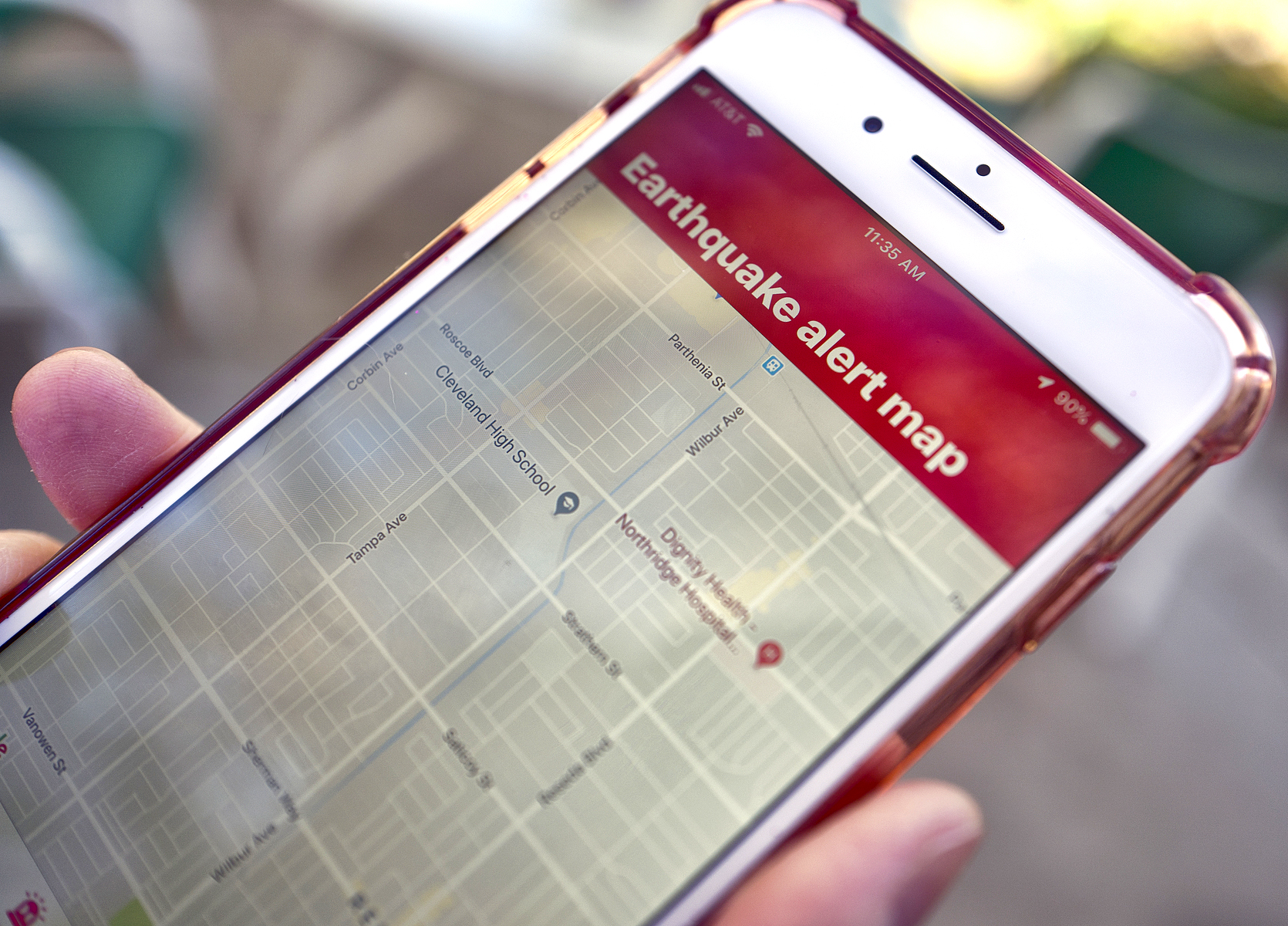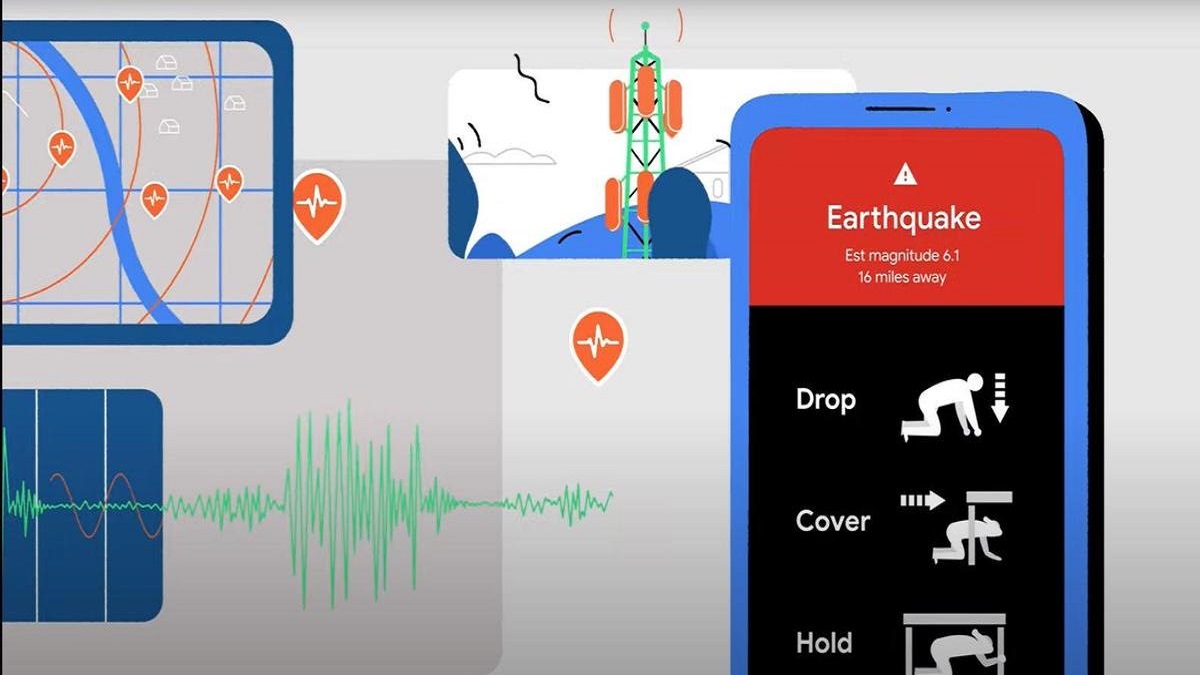© 2000-2023 - Enkey Magazine - All rights reserved
ENKEY SNC - VAT ID IT03202450924 / REA Code CA253701 - Phone. 078162719
Earthquake alert; few words can be just as terrifying, even in our present time and day. Italy itself carries a high seismic risk, and in the last twenty years there has been no shortage of earthquakes – sometimes even highly destructive ones. The names of Amatrice and Norcia are some of the first to spring to mind, but already a decade prior the regions of Abruzzo and Emilia Romagna were devastated by seismic disasters.
But earthquakes are widespread all over the world, and their consequences are often momentous, ranging from infrastructural damage and injuries to a dramatic toll in terms of lives lost. For all these reasons, earthquake alert systems need to be affordable, reliable and on-the-spot.
Google promises to take the challenge to yet another level with a new app that will be released next year. Android users will be able to monitor in real time the seismic activity of the area in which they live. But how does this app work and what can we expect from it? Let’s find out together.
Android Earthquake Alerts turns your smartphone into a seismograph
Android Earthquake Alerts currently being developed in the Mountain View based labs. The app will be available sometimes next year exclusively on Android devices.
That’s not as narrow an audience as one might think. Android smartphones are estimated to be an overall 3 billions. The app that Google Labs are developing will analyze data from each and every Android device that runs Earthquake Alerts; the purpose is to get an extensive report of seismic activity all over the world.

Android Earthquake Alerts is far from the first app of this kind. There are several alternative solutions that may be downloaded to stay always up-to-date on seismic activity in your area. Google, however, is aiming for something different with this app.
With Android Earthquake Alerts, the accelerometer of your smartphone is constantly used to monitor any eventual seismic activity. These tiny sensors can track the subtlest movements of phones; for example, they are used by pedometers apps. The reports of the various Android Phones are thus turned into a collective seismograph, monitoring even quakes of lesser intensity and promptly issuing an earthquake alert before the conditions get critical.
With this app, Google resorts to teamwork as the card up their sleeve. The network of Android devices gets turned into a large scale, real-time seismic observatory. Its purpose is double, aiming both to intercept new earthquakes and prevent any worse consequences.
How does Google’s earthquake alert work?
Earthquake Alerts will be available with an Android update sometimes next year. A beta version, however, is already being tested in various countries; among these, USA, New Zealand, Turkey, Greece and the Philippines just to name a few.
Earthquake Alerts will send out notifications already upon detection of critical P or primary waves. The purpose of the app is to guarantee that people and infrastructures are safeguarded before the intensity of the seismic waves gets out of scale, with the development of secondary or S waves which are the most devastating, with a destructive power noticeably superior to that of primary waves.

We have highlightened how the earthquake alert app is going to rely on smartphone notifications to warn users of upcoming seismic events. The push notifications include, but are not limited, to the actual magnitude scale of the quake, its danger level, and a series of helpful advices for personal safety. The app will point out the nearest escape routes on maps as well as suggestions on where to find appropriate shelter.
Users who are concerned about their privacy may also be reassured; Google’s earthquake alert app will collect data in fully anonymous form. Furthermore, the notifications can be turned off at the phone owner’s discreetion, simply from the smartphone settings.
If the current beta versions are any indication, by the time the app is launched it will also be strictly connected with national security and first aid organs (including Civil Protection, emergency hotline, etc). The development of new technologies is bound to result in a collective anti-seismic task force, of which the world at large has desperate need – now more than ever.
This post is also available in:
 Italiano
Italiano

